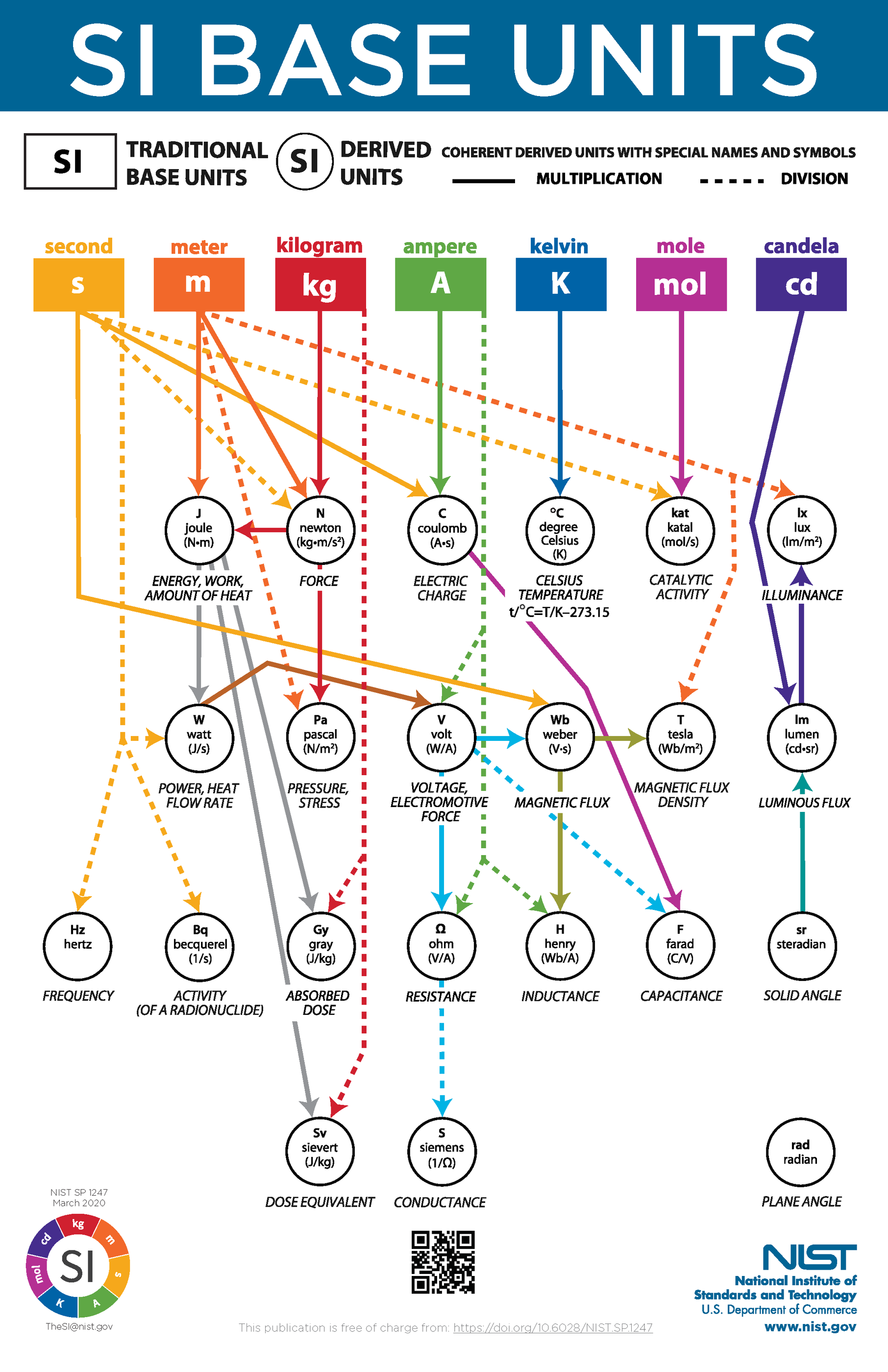Not known Facts About Inches To Centimenter
Wiki Article
How Inches To Centimenter can Save You Time, Stress, and Money.
Table of ContentsThe Buzz on Inches To CentimenterThe 7-Minute Rule for Inches To CentimenterThe Single Strategy To Use For Inches To CentimenterThe Best Strategy To Use For Inches To CentimenterThe smart Trick of Inches To Centimenter That Nobody is Talking About
This treatment for determining the required conversion aspect matches precisely to Jeremy's hands-on approach: "To determine a device conversion variable, set the parameter value to 1 in the user interface, after that figure out the value returned by the API; this will certainly give you the exact conversion factor in between the 2." Better, we can really have Revit transform that value to an extremely various set of devices of action.0 CFM to cubic meters per hr, which, as we can see near all-time low of the kind, equates to 1. 699010795520. That conversion is done making use of the As, Value, String technique. If you discover the example code you will probably get some more understandings into how Revit jobs with parameters and systems of measure.
To convert between devices, you're usually provided one measure and asked to transform to an additional measure. You'll be given some quantity in "gallons" and be asked to transform the quantity to "fluid ounces". They will certainly have provided you (otherwise you can easily find) the conversion devices that appropriate to the job.
To convert from one device to one more, here's the actually basic guideline: mosting likely to smaller systems meansgoing to larger numbers, so increase mosting likely to larger units meansgoing to smaller sized numbers, so separate Quarts are smaller sized than gallons; every gallon has four quarts. Given that I'm transforming from a bigger unit (gallons) to a smaller unit (quarts), my solution needs to be a larger number.
The smart Trick of Inches To Centimenter That Nobody is Talking About
Since I'm converting from a smaller device (backyards) to a bigger system (miles), my solution needs to be a smaller number.!! The above are instances of one-step conversions in between devices of the same type; namely, Imperial devices.
Note: I'm not talking right here regarding numbers "negating", like when you're increasing fractions. Instead, I'm discussing dealing with the systems (" feet", "cubic centimeters", "seconds", and so on) as though they were numbers, and cancelling them. inches to centimenter. One of these dimensions is in regards to "miles per hr" and the other is in terms of "meters per second".
But these factors provide connections, one means or another, in between "seconds" as well as "hrs" and between "miles" and "meters", so they'll do the job. To contrast these two prices of rate, I require them to be in the same devices. Flipping a coin, I decide that I'll transform the "80 miles per hr" to "meters per 2nd".
Getting The Inches To Centimenter To Work
I desire "hours" to terminate off (in favor of "secs", at some point), so the conversion element for hrs and also mins required to have "hours" on the top. That implied that "60 minutes" had to be beneath. Which determined the orientation of the following variable: Given that YOURURL.com "60 mins" was beneath and also because I 'd require "mins" to cancel eventually, then the "1 min" (from the conversion variable for minutes and also secs) needed to be on top.And also given that I'm wanting a last answer of "per seconds", I want the seconds beneath, so this works out just. Similarly, what they provided me has "miles" ahead so, in the "1 mile to 5280 feet" conversion variable, I require the "miles" on the bottom, so it cancels off.
So, in the "1 foot to 12 inches" More about the author conversion aspect, I'll require the "foot" on the base; this will place the "inches" ahead. The "1 inch to 2. 54 centimeters" conversion aspect will require the "inch" on the base, leaving the "centimeters" on the top. The last conversion element is "100 centimeters to 1 meter"; since "centimeters" in the previous factor were on top, then I'll require "centimeters" under, leaving the "meters" ahead.
Forty is greater than thirty-six, so: 40 meters per second is quicker than 80 miles per hour. Associate This technique of transforming systems can in fact be fairly helpful: it obtained me with a chemistry class! I didn't have an idea what the instructor was speaking around, but on the examination questions he offered only the exact details needed, and also if I established up every little thing so the systems terminated, I constantly got the best answer.
See This Report about Inches To Centimenter
Terminating systems (also recognized as "device analysis" or "dimensional evaluation") is based upon the principal that multiplying something by "1" does not alter the value, that any value divided by the exact same value amounts to "1", as well as that (for the objectives of transforming in between devices) a conversion element (revealed as a fraction, as shown over) is considered as having a worth of "1".0 Jan 2001 First public launch. Most of our customers have actually contacted us to inform us that check this Uconeer is the most effective design system conversion calculator they have actually ever before utilized. Of program, what is best for you will depend on your demands. Uconeer was developed for engineering, technological and clinical individuals who require frequent, precise, dependable and also consistent conversions of the practical units as well as dimensions that they make use of every day.
If you are this kind of individual after that we are certain that Uconeer will be the finest for you.

10 Easy Facts About Inches To Centimenter Shown
That is why we require a device converter to assist is in computations - inches to centimenter. A device is the procedure of amount to provide value to matter.Report this wiki page